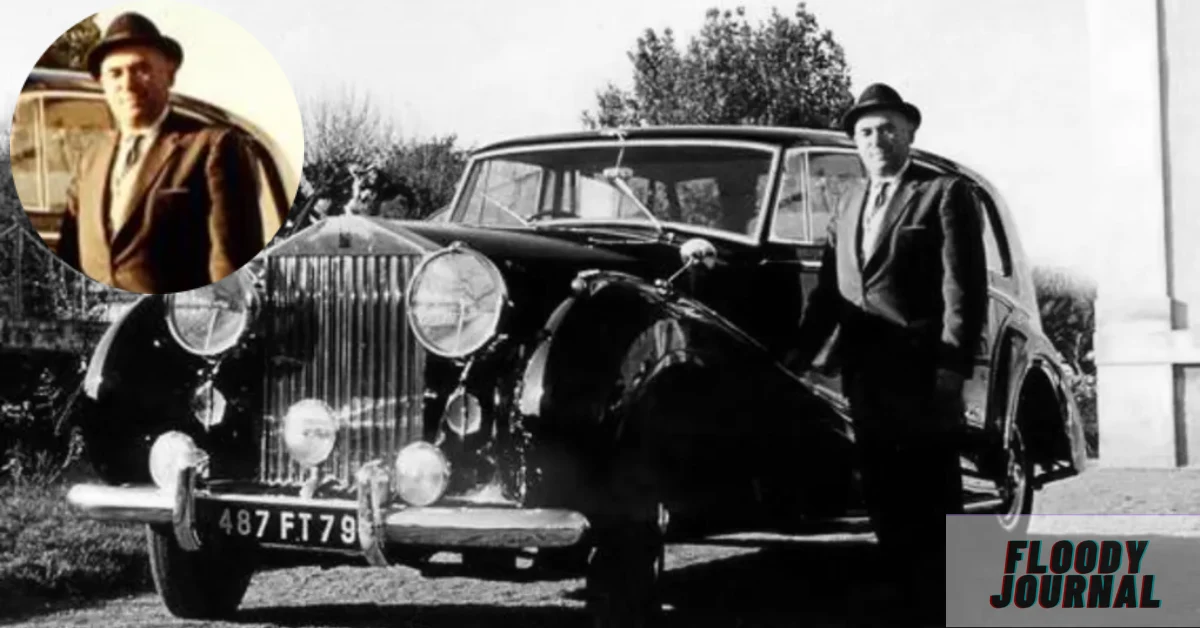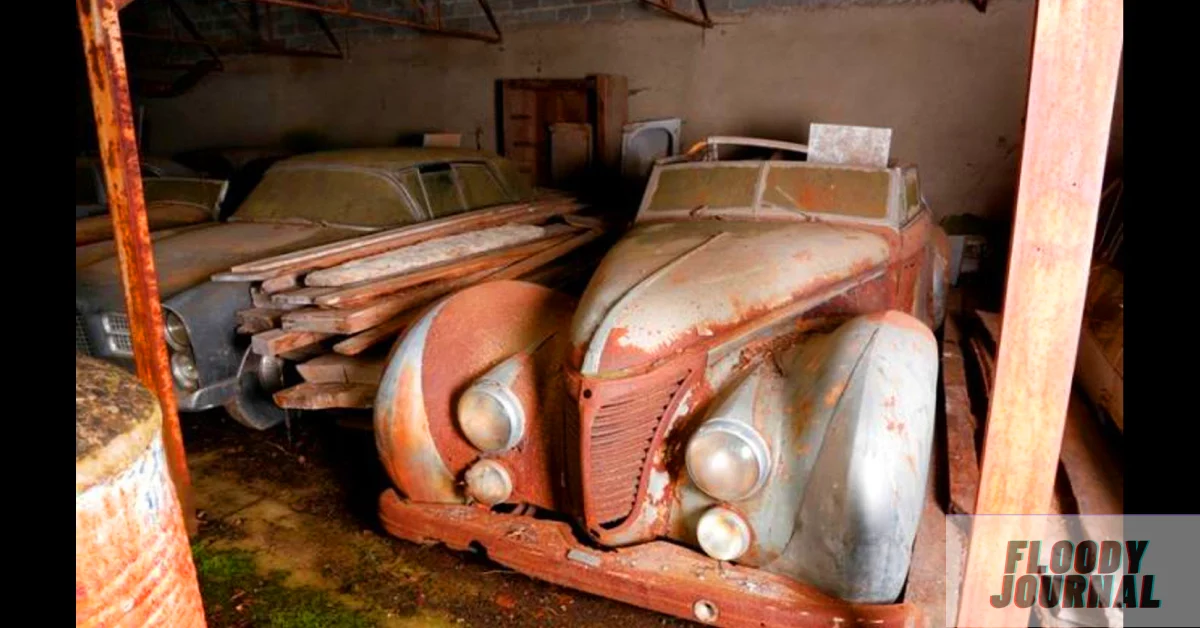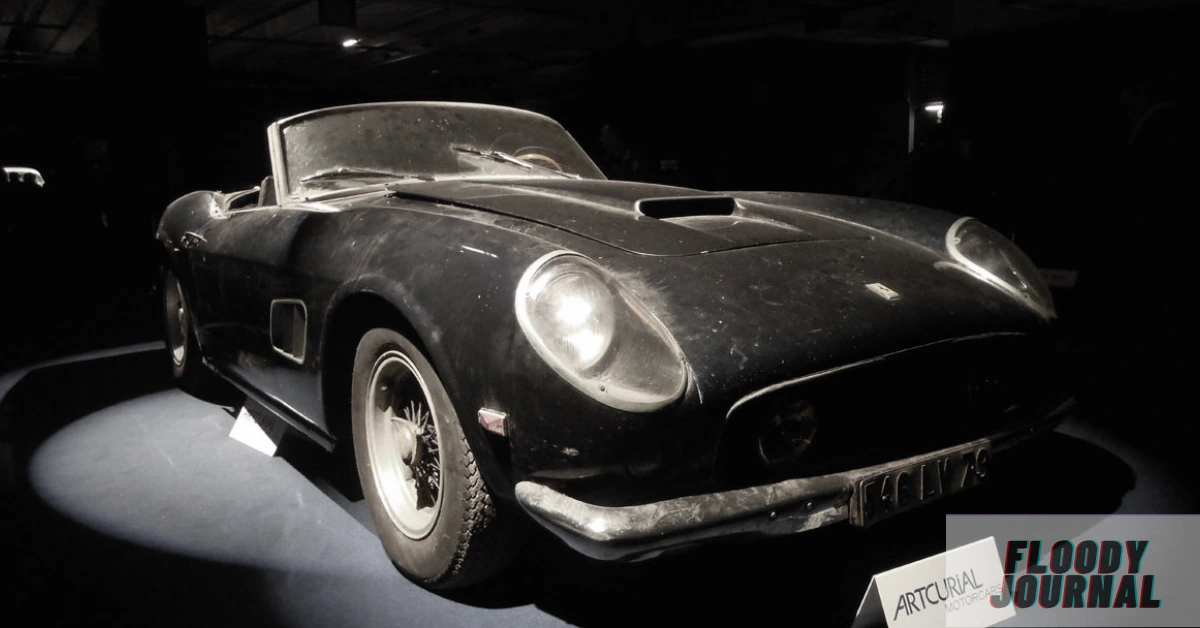Who Was Roger Baillon, and Why Was His Car Collection Forgotten?

Roger Baillon started as a mechanic at a Peugeot dealership before building his transport empire in 1944. His company, Transports Baillon, employed 200 people at its peak, hauling chemical products across France. But this French car collector had a secret passion that would create the barn find of the century.
During the 1950s and 1960s, Baillon rescued vintage luxury cars from scrapyards when others considered them worthless. He saw these vehicles as mechanical artworks worth saving. His dream was to build an automotive museum at his Château Gaillard estate to preserve France’s automotive heritage.
Everything changed when his transport business collapsed in 1978. The bankruptcy halted his restoration plans permanently, leaving his vintage car hoard hidden for fifty years. After Roger died in 1996, his son Jacques quietly guarded this forgotten car collection until his death in 2014.
How the Hidden Treasures Were Discovered at Château Gaillard
Artcurial Motorcars specialists Pierre Novikoff and Matthieu Lamoure arrived at Château Gaillard in late 2014 expecting to find a few old cars. Instead, they discovered over 100 dust-covered automobiles under corrugated shelters. Nature had reclaimed these sleeping beauties, with ivy growing through wheels and thick dust creating an evocative patina.
The barn discovery made global headlines when Classic Driver published Rémi Dargegen’s haunting photographs. These images of ghostly Ferraris and Talbot-Lagos emerging from darkness went viral instantly. Journalists called it the “barn find phenomenon,” while collectors worldwide planned trips to see this automotive archaeology firsthand.
The media frenzy was unprecedented. This wasn’t just another vintage garage find—it was an entire lost museum frozen in time. The romantic tale of rediscovered heritage and lost luxury captured imaginations far beyond the automotive world.
The Most Valuable Cars Found in the Baillon Collection

The star was a 1961 Ferrari 250 GT California Spider, one of only 37 with covered headlights. This rare classic car belonged to actor Alain Delon, who was photographed with Jane Fonda in it. Found buried under magazines, the Alain Delon Ferrari became the collection’s most valuable barn find.
Equally impressive was the 1956 Maserati A6G 2000 Gran Sport Berlinetta Frua. This coachbuilt classic appeared at the 1956 Paris Motor Show before Baillon acquired it. The collection also featured three Talbot-Lago T26 models with dramatic Saoutchik bodywork, including one owned by Egyptian Princess Nevine Abbas Halim.
Other highlights included a Bugatti Type 57 Ventoux, multiple Delahaye 135 models, and a rare Hispano-Suiza H6B. Each vehicle represented the pinnacle of French luxury automobiles and custom coachwork from legendary builders like Frua, Saoutchik, and Million-Guiet.
Why the Baillon Barn Find Became a Global Sensation
The Baillon collection fulfilled every collector’s fantasy—finding an entire automotive museum instead of just one forgotten classic. These time capsule cars transported viewers to another era through their unrestored patina and authentic decay.
Modern collectors crave authenticity, and these barn-stored automobiles delivered perfectly. Each layer of dust told stories that pristine restorations could never match. The collection’s backstory added emotional depth: Roger Baillon’s failed museum dream and fifty years of family secrecy created an irresistible narrative.
Photography transformed these vehicles into art. The images showed not just cars but sculptures shaped by time. These buried cars became symbols of lost luxury waiting for resurrection, resonating with audiences beyond automotive enthusiasts.
Inside the Artcurial Auction: What Happened to the Baillon Cars?
The February 6, 2015 Artcurial auction at Retromobile Paris attracted 3,500 attendees. International bidders dominated the eleven-hour sale, with 85% of lots going overseas. Every estimate proved conservative as collectors battled for these automotive treasures.
The Ferrari 250 GT California Spider sold for €16,288,000, setting a record. The Maserati A6G reached €2,010,880, while the Talbot-Lago T26 achieved €1,702,000. The collection generated €25.15 million alone, proving how powerful narratives drive value in collector car bidding.
Museums and serious collectors acquired most vehicles. The French Musée de l’automobile de Compiègne purchased a Panhard-Levassor, partially fulfilling Baillon’s museum dream. This automotive liquidation became the benchmark for all future barn find sales.
What Made the Baillon Collection So Unique Among Barn Finds?
The Baillon collection’s scale was unprecedented—over 100 cars sleeping together for half a century. Unlike typical discoveries of a few vehicles, this was an automotive archaeological site. The concentration of rare marques and coachbuilt classics made it extraordinary in car hoard history.
These weren’t mass-produced automobiles but rolling sculptures from master craftsmen. The focus on European luxury cars with custom coachwork from Saoutchik, Chapron, and others set it apart from typical American muscle car finds.
The unrestored state made these vehicles invaluable time capsules. Their original paint and untouched interiors provided irreplaceable historical documentation. This automotive rarity in barn-stored condition made the collection truly unique.
The Legacy of Roger Baillon’s Hidden Car Collection Today
The Baillon discovery changed vintage car collecting forever. It proved that provenance could trump condition, inspiring enthusiasts to search their barns. The automotive legacy rekindled romance in a market often dominated by investment concerns.
Books and classic car documentaries continue exploring this phenomenon. The discovery sparked debates about preservation versus restoration, with different owners choosing different paths for their cars. These decisions created important case studies for automotive heritage foundations.
Today, the dispersed Baillon cars serve as ambassadors worldwide. Though Roger’s physical museum never materialized, his hidden car collection achieved immortality through its remarkable rediscovery. His dream of preserving French automotive heritage succeeded beyond imagination.

